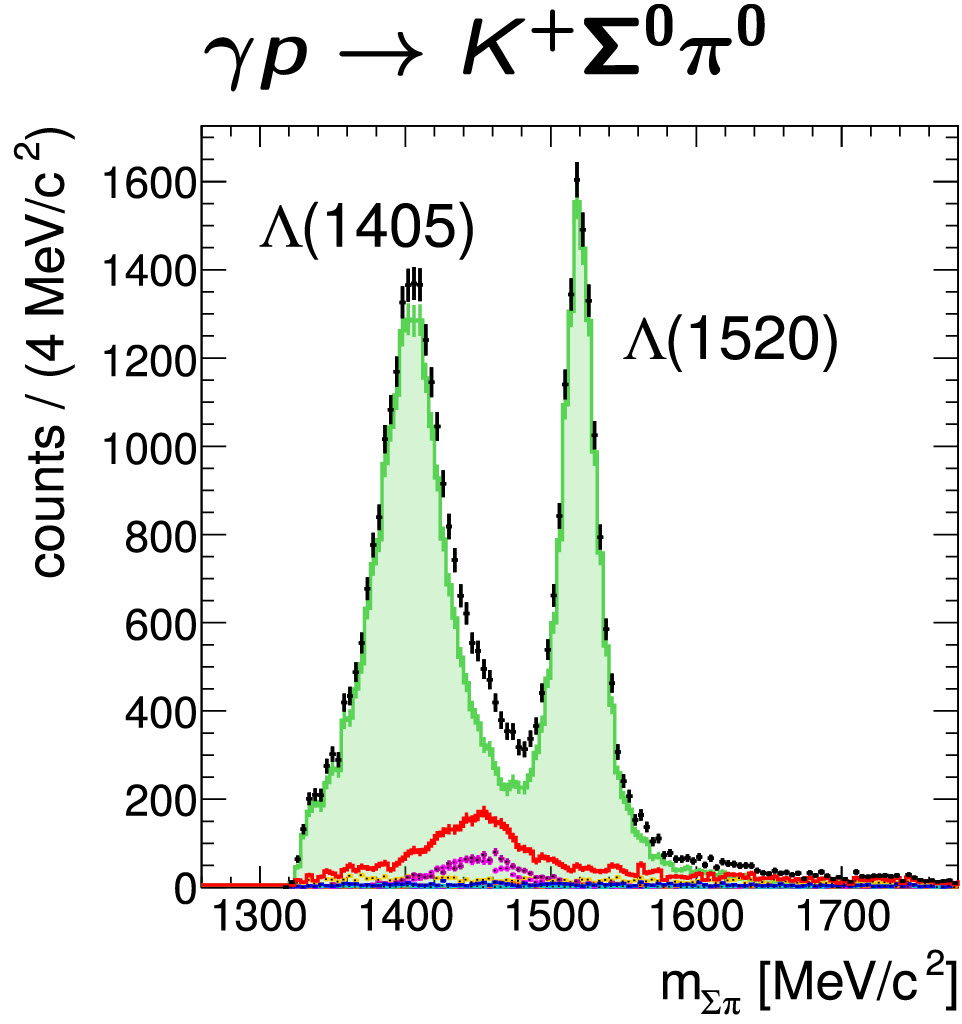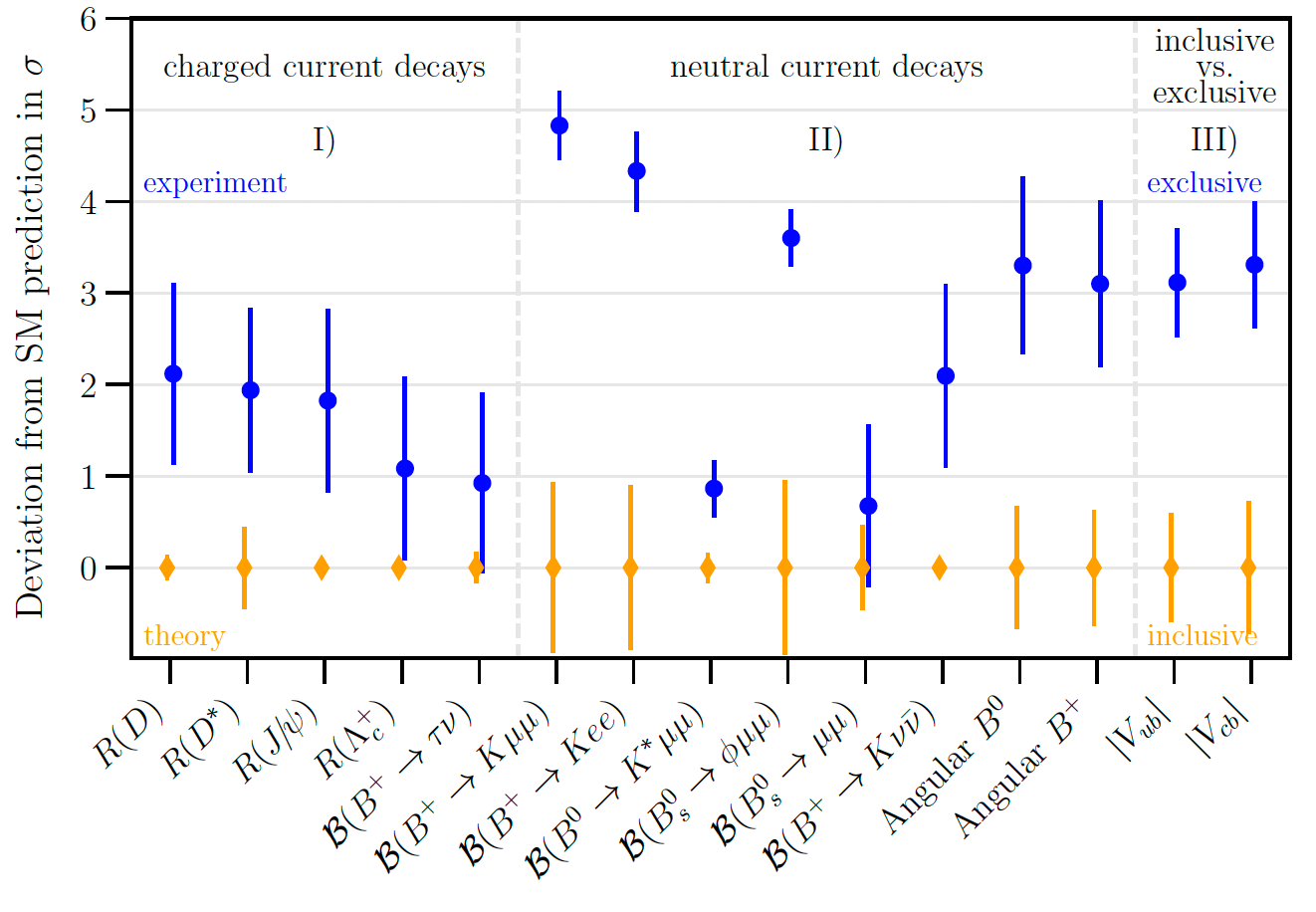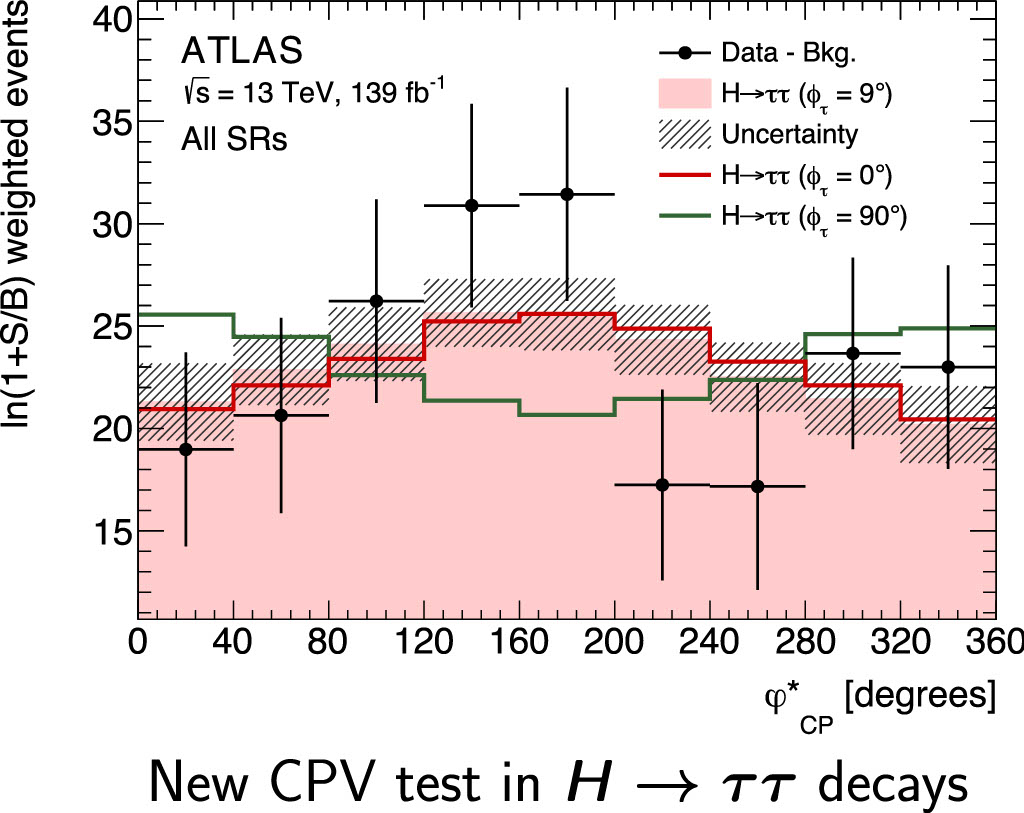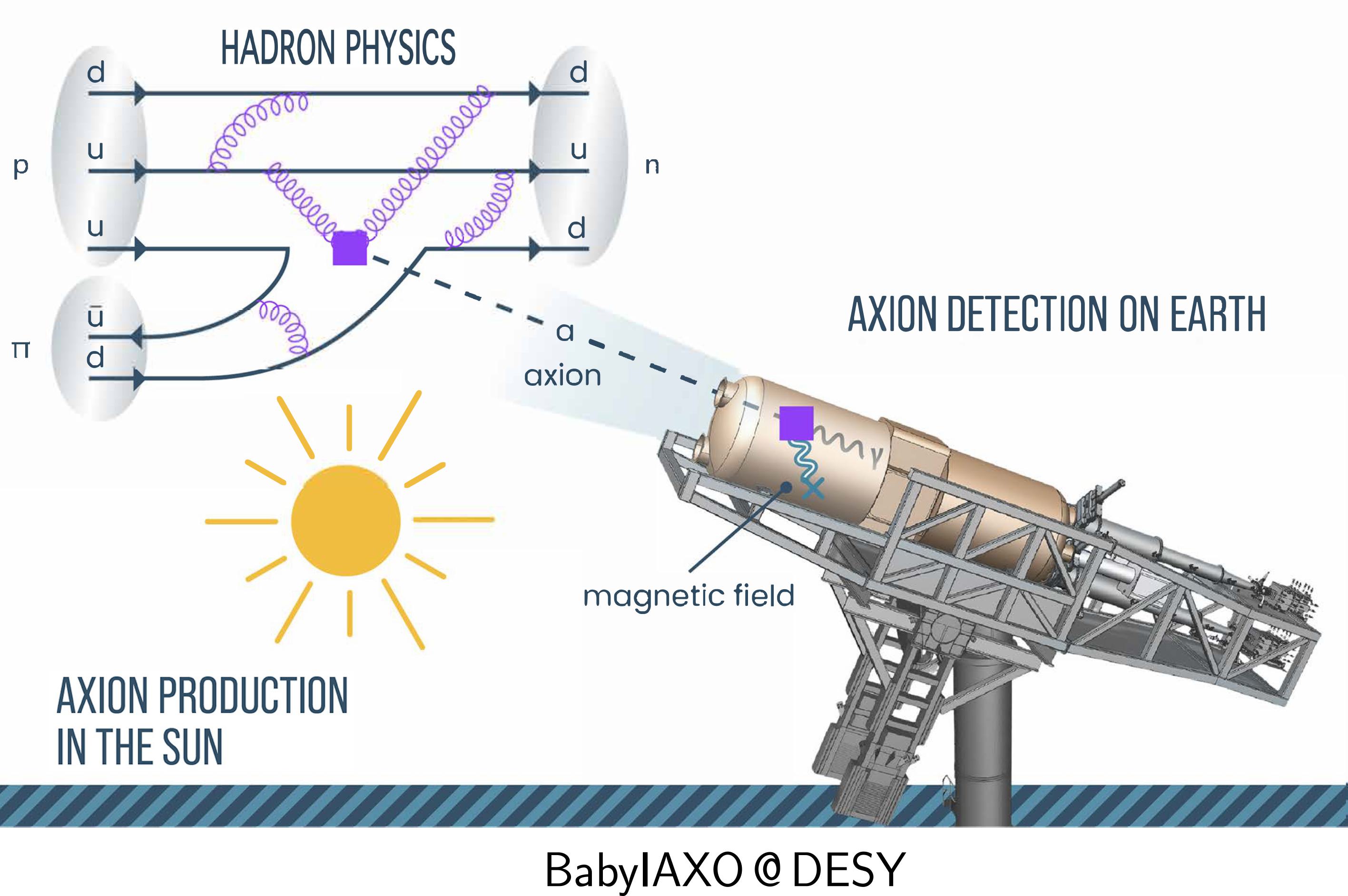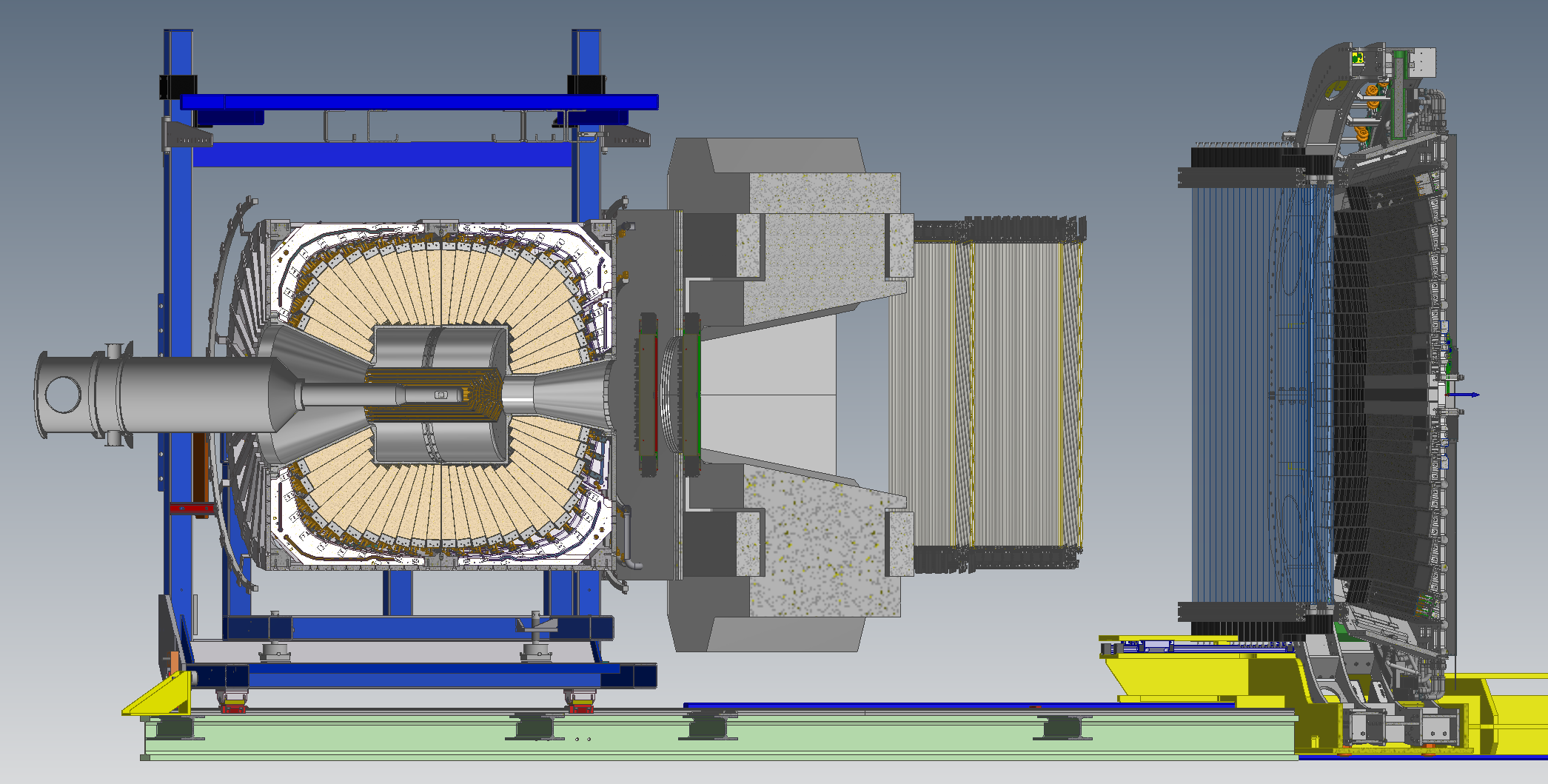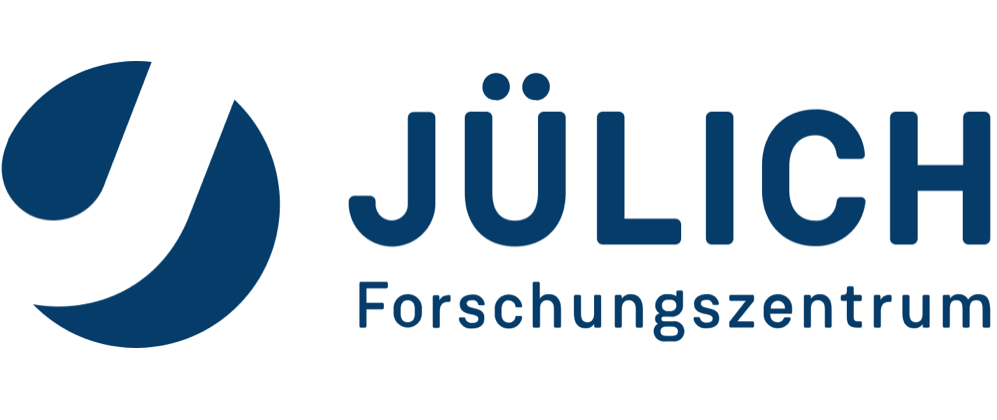Color-meets-Flavor: About
Questions about the nature of matter and the fundamental forces, about the history of the Universe and the origin of everything we observe have always been at the core of human curiosity. Today, several central questions are still not answered: What is the mechanism behind the formation of matter by the strong “color” force? How did the asymmetry between matter and antimatter in the Universe emerge and how is it related to the different “flavors” of quarks seen in the weak interaction? Are there yet unknown particles or forces?
The proposed Cluster of Excellence “Color meets Flavor” (CmF) will address these questions by combining the expertise of world-renowned experts in strong and weak interaction physics and the leading experiments in the field. Among the most exciting results in particle physics of recent years are the observation of exotic bound states of quarks as well as intriguing measurements of the decays of heavy quarks. Since quarks are not observed as free particles but form bound states, their study requires a precise understanding of both the strong force responsible for their binding and the weak force involved in their decays. This interplay between color and flavor is tackled by research groups from Bonn, Dortmund, Siegen, and Jülich.
The initiative is structured into four Research and two Technology Areas that are described in detail below.
Research Areas
RA1: Bound states of light and heavy quarks
This Research Area aims to deepen understanding of the spectrum, properties, and internal structure of hadrons. Emphasis is placed on clarifying the nature of exotic hadrons and uncovering insights about Quantum Chromodynamics (QCD). The new experiment INSIGHT at ELSA will be utilized to investigate both non-strange and strange baryon spectra, with additional efforts directed toward the search for multi-quark and molecular states. Further understanding of two-pole structures in the meson and baryon sectors is sought, alongside investigations of final-state interactions in hadronic decays. Through these efforts, knowledge of the structure formation in QCD is expected to be advanced.
RA2: Decays of bottom, charm, and strange quarks
Within RA2, new phenomena in weak decays are being actively searched for in close collaboration with investigations of hadronic structure in RA1. Efforts are directed toward clarifying the origin of flavor anomalies, with both theoretical and experimental approaches being combined to conduct stringent tests of the Standard Model. These combined efforts aim to identify potential new phenomena in bottom and charm decays.
RA3: Top quark and Higgs boson
The focus of RA3 lies on the two most massive particles known in the Standard Model, the top quark and the Higgs boson. Precision measurements and predictions are being carried out at the highest accessible energies to enhance understanding of fundamental particle interactions. Efforts are underway to identify additional sources of CP violation within top-quark and Higgs decays as potential indicators of new physics. Furthermore, connections between measurements and predictions across all energy scales will be carefully examined to detect effects that may lie beyond the Standard Model. These combined efforts aim to deepen insights into particle behavior and to potentially uncover phenomena not yet explained by current theories.
RA4: Search for the axion
The future babyIAXO experiment will be shaped within RA4, with efforts focused on securing funding for its full magnet to support advanced research capabilities. A new cavity-based haloscope experiment will be designed, constructed, and prepared for operation to further the search for dark matter candidates. Additionally, pioneering searches for axions will be conducted at the Belle II, BESIII, and LHCb experiments, expanding the potential to detect these elusive particles. Together, these initiatives aim to advance the search for axions and enhance our understanding of fundamental particles and forces.
Technology Areas
TA1: Instrumentation
In Color-Meets-Flavor, the experimental groups have a long-standing expertise in instrumentation covering a wide range of detection techniques and associated electronics, which will be combined within TA1 to set up a new, worldwide unique experiment, the INSIGHT experiment at ELSA. Innovative detector technologies and electronics will be developed to support future experiments and push the boundaries of current capabilities. Additionally, a dedicated laboratory, the Intelligent Hardware Lab (IHL), will be established to focus on the development of intelligent hardware, providing a specialized environment for pioneering advancements in detector and electronics technologies. These efforts are expected to contribute significantly to the success of upcoming experimental initiatives.
TA2: Computational Methods
TA2 aims at the development of novel techniques and the employment of cutting-edge methods across all Research Areas. In support, the Innovative Algorithms Lab (IAL) will be founded and resources such as the exascale computer JUPITER at Forschungszentrum Jülich and novel quantum computing hardware will be established and exploited. Sophisticated Monte Carlo methods will be implemented to improve simulation accuracy, while new machine learning techniques for computational physics, data analysis, and reconstruction will be introduced in collaboration with leading AI experts. Quantum computing and tensor networks will be pioneered within particle physics to explore their potential in solving complex problems. Additionally, advancements in computer algebra will be pursued in collaboration with experts in mathematics, driving forward the analytical capabilities of particle physics research.
